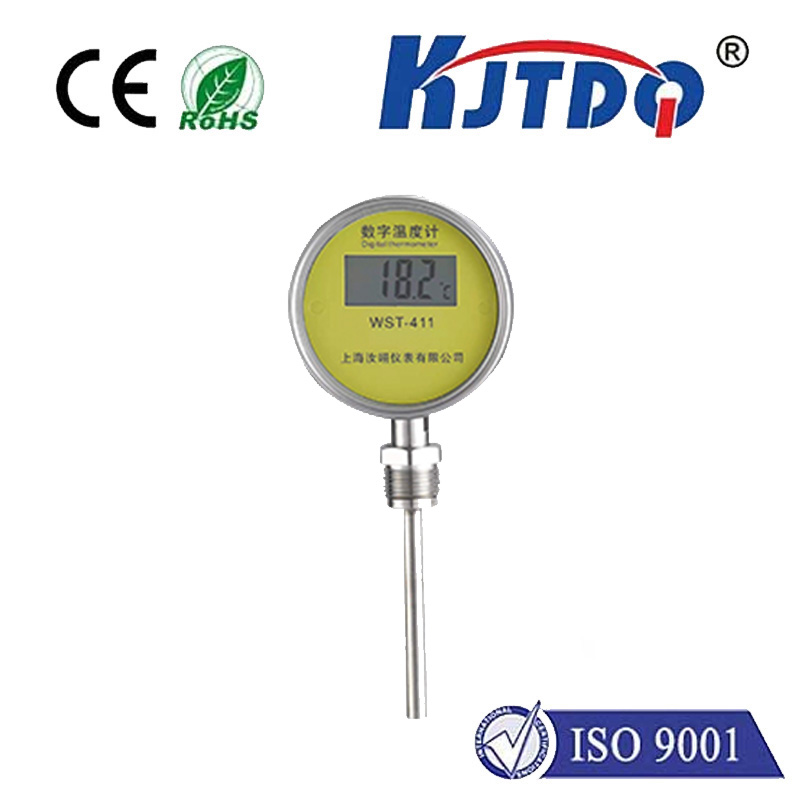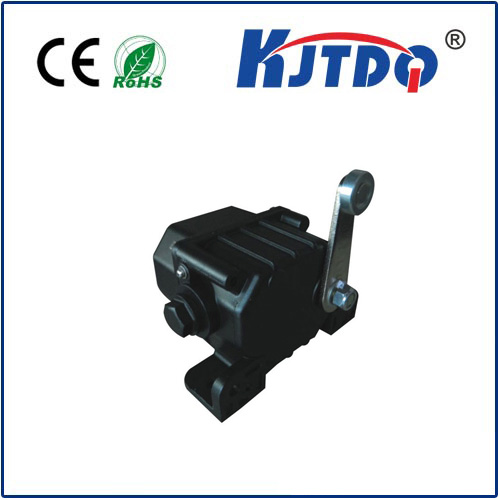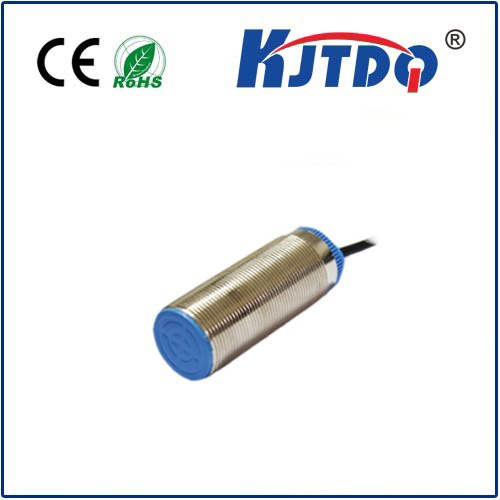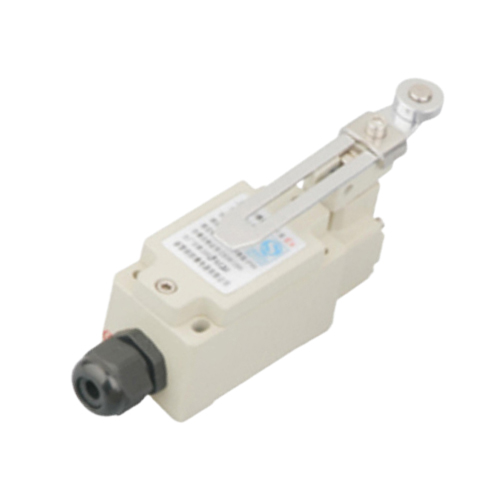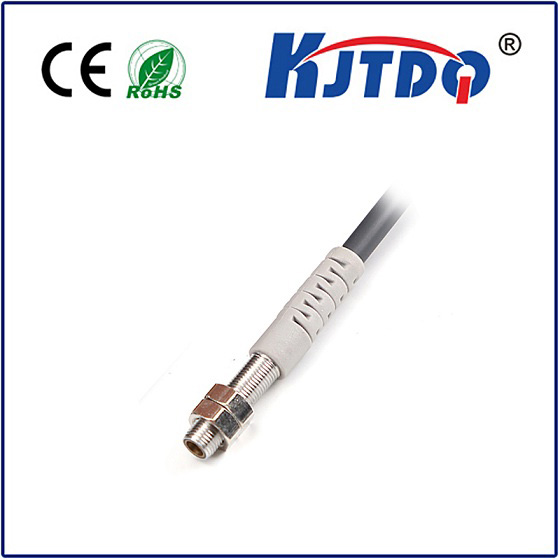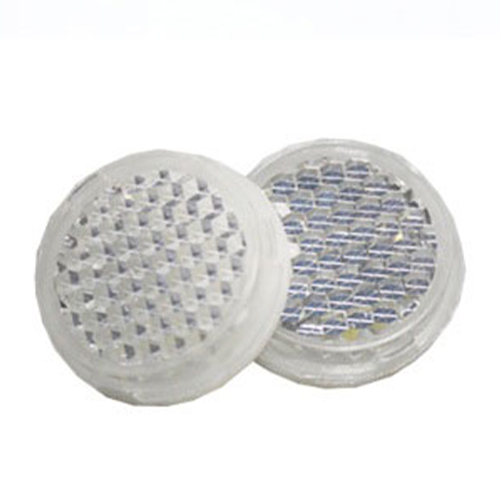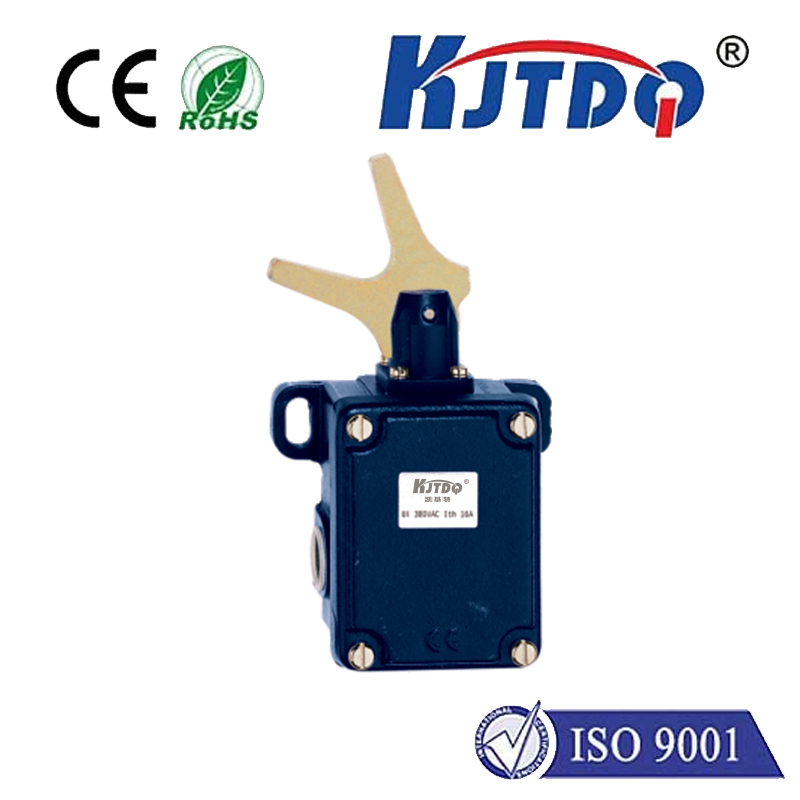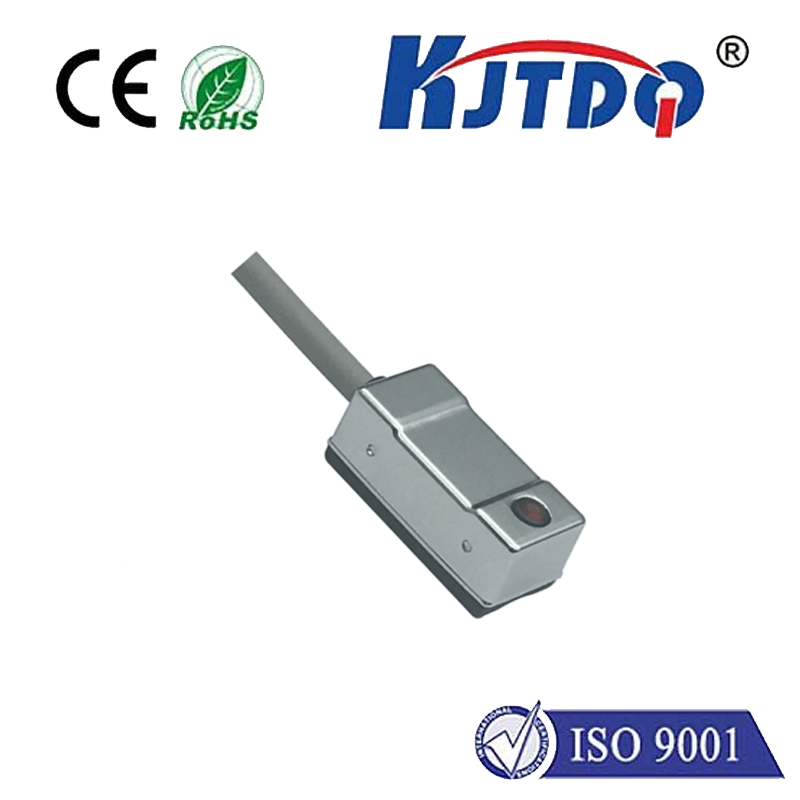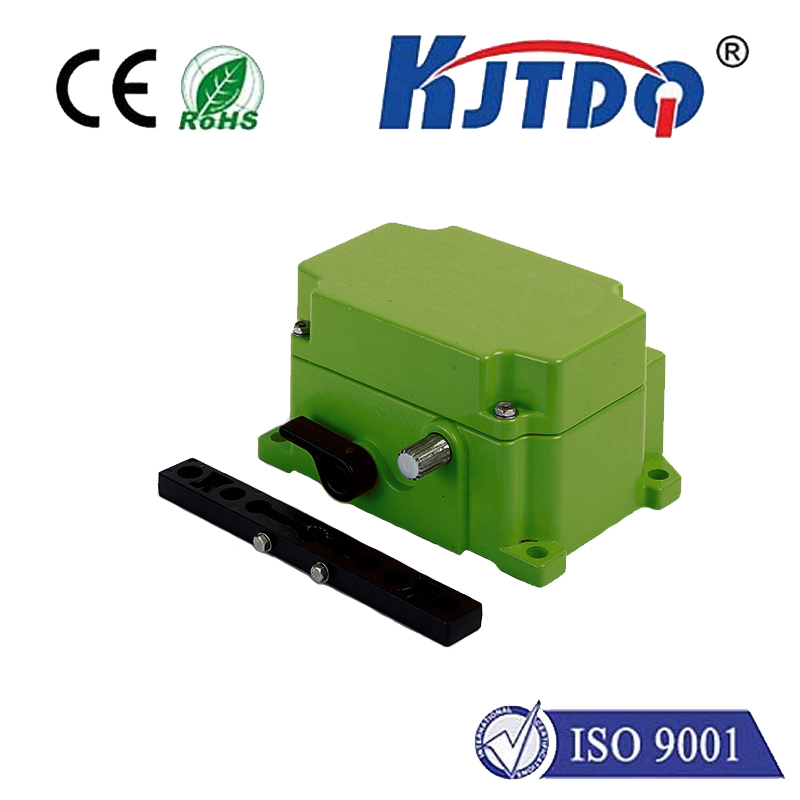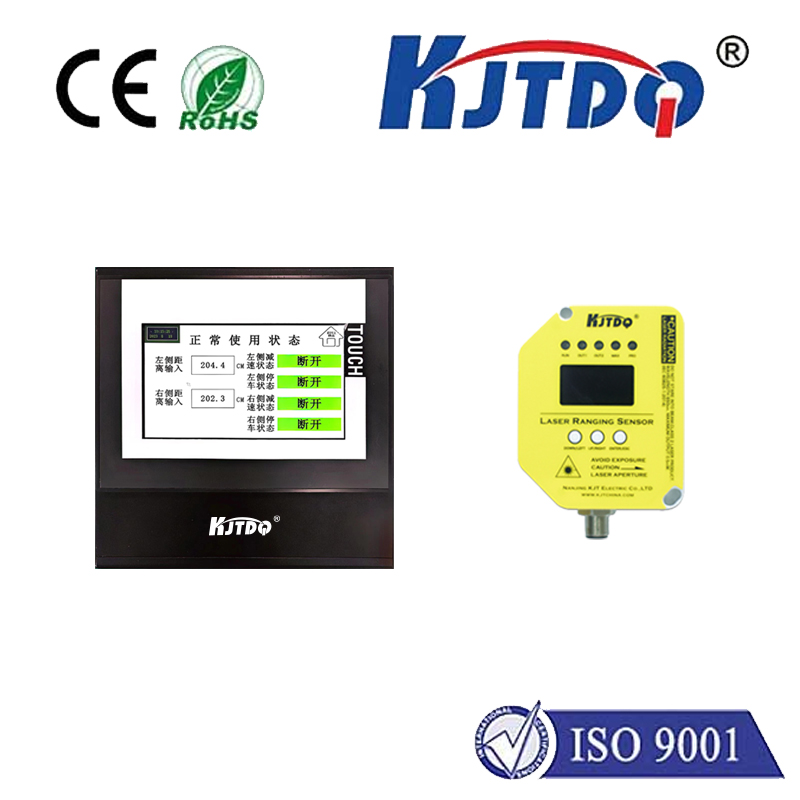

check

check

check

check

check

check

check

check

check

check
Title: Understanding Power Limit Switch – Your Guide to Safe and Efficient Use
Introduction
As technology continues to advance, it is crucial to stay up-to-date with its features and functionalities. The power limit switch, an essential component of many electrical systems, serves as a safety mechanism that regulates the amount of energy flowing through a circuit. In this article, we delve deeper into what a power limit switch is, why it is vital, and how you can use it efficiently for both residential and commercial purposes.
What is a Power Limit Switch?
A power limit switch, also known as a power management switch or overload protector, is designed to monitor and control the flow of electricity in an electrical system. It ensures that the current passing through the system does not exceed the rated capacity, which could potentially lead to overheating, damage to electrical equipment, or even fires. When the threshold is reached, the switch automatically cuts off power to prevent such hazards.
The Importance of Using a Power Limit Switch
Electrical safety must be a top priority in any setting—be it at home or in a business environment. Accidents involving electricity can have devastating consequences, making devices like power limit switches critical for protection. They offer peace of mind by preventing excessive current from causing harm not only to the electrical infrastructure but also to individuals who might come into contact with faulty systems.
Applications of Power Limit Switches
Power limit switches are widely used in various settings due to their versatility and necessity. Here are some common applications:
1. Residential Homes: In homes, power limit switches are often found in appliances that require strict power regulation, such as space heaters, air conditioners, and electric water heaters. These switches help maintain optimal performance while preventing potential overloads.
2. Industrial Settings: In industries where heavy machinery and high-power equipment are utilized, power limit switches play a crucial role in maintaining operational efficiency and worker safety. They ensure that machines do not draw more current than they are designed for, reducing the risk of breakdowns and incidents.
3. Renewable Energy Systems: Solar panels and wind turbines, for instance, need careful power management to function correctly and prevent damage. The integration of power limit switches within these systems allows for better control and longevity of the equipment.
4. Data Centers: Server rooms and data centers rely heavily on consistent and uninterrupted power supply. Power limit switches help manage the substantial energy demands and prevent outages due to system overload.
How to Operate a Power Limit Switch Efficiently
To operate a power limit switch effectively, follow these guidelines:
- Ensure that the power limit switch is compatible with your electrical system's requirements before installation.
- Regularly test the switch to confirm that it activates as intended when reaching the preset power limit.
- If you encounter frequent activation of the power limit switch, investigate potential issues, such as outdated wiring or too many appliances drawing power simultaneously.
- Always adhere to local electrical codes and consult with professional electricians for proper installation and maintenance practices.
Conclusion
The power limit switch is an essential tool for managing the safety and efficiency of electrical systems. With increased awareness and understanding of how these switches work, you can protect your property, enhance equipment lifespan, and most importantly, safeguard lives. As our dependence on technology grows, implementing and maintaining power limit switches should remain a fundamental part of our electrical practices.
